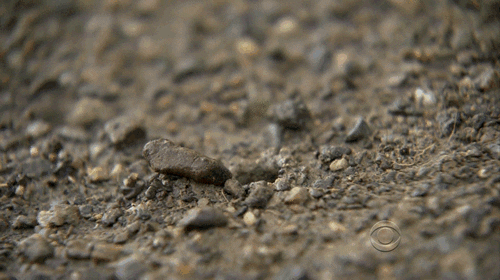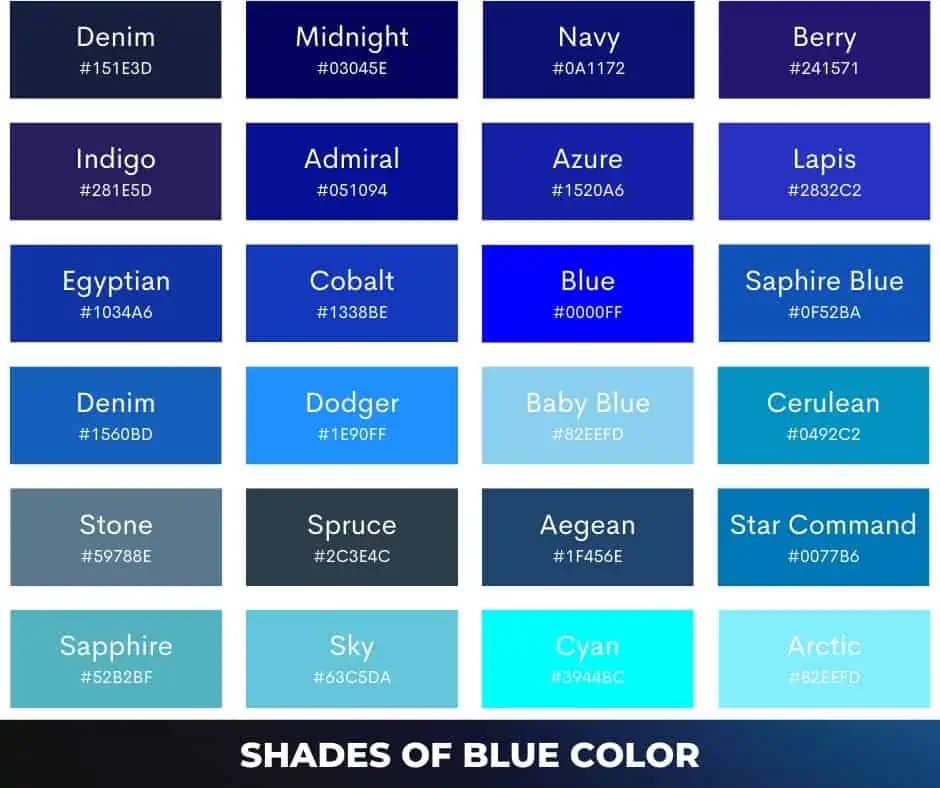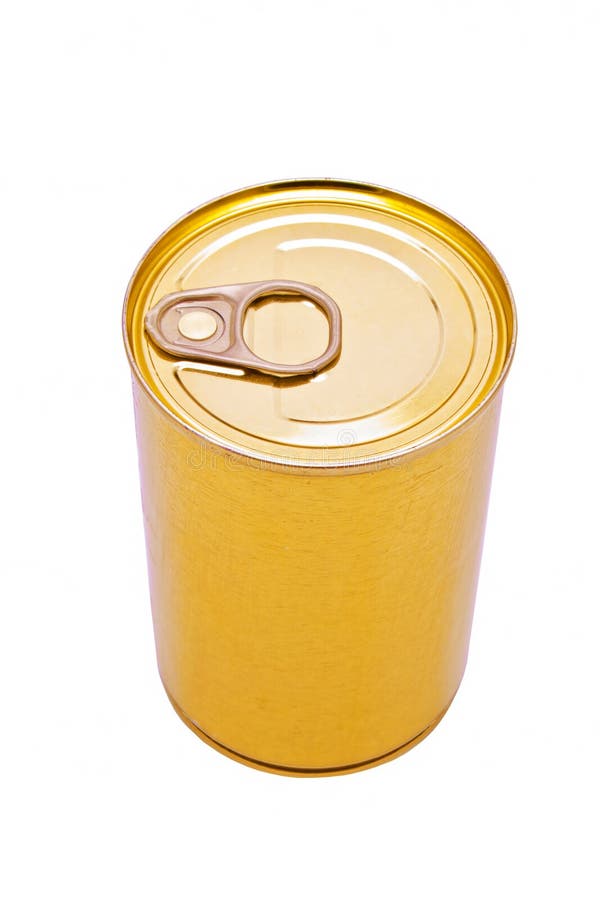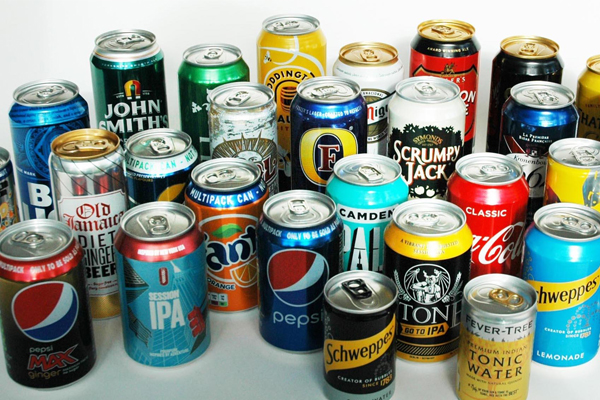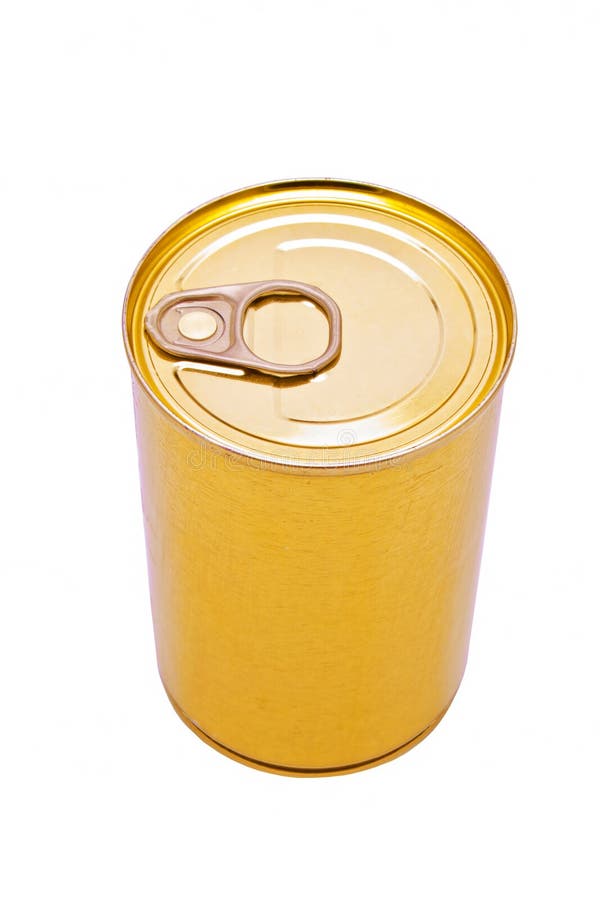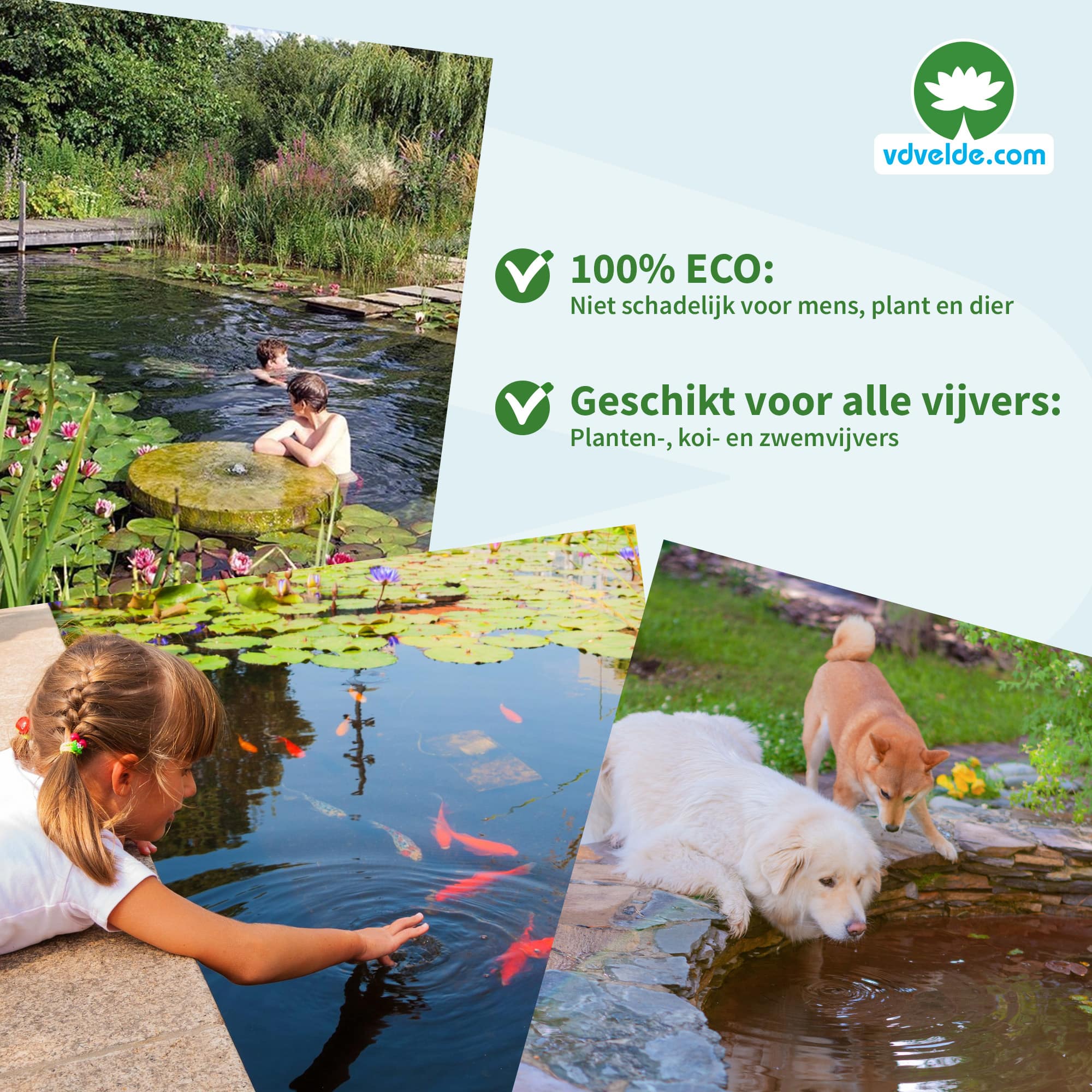Marine Biologist Education Guide: Degrees, Skills, and Step‑by‑Step Pathways
Your Education Path to a Career in Marine Biology
Most aspiring marine biologists start with a strong science foundation in high school, earn a bachelor’s degree in biology or a related field, and then pursue a master’s degree for research roles; a PhD is typically required to lead research or teach at universities [1] . Many programs note that while entry-level assistant roles may be available with a bachelor’s, advanced positions commonly expect graduate education [4] .
What Degrees Do You Need?
According to career preparation guidance, the common progression is:
- High school diploma or equivalent with emphasis on biology, chemistry, math, and computer science to prepare for marine science coursework [1] .
- Bachelor’s degree in marine biology, biology, zoology, ecology, or environmental science; this can qualify you for roles like research assistant or lab technician while you build field and lab experience [1] .
- Master’s degree (MS) in marine biology or a specialized marine field is usually needed for professional research jobs and higher-responsibility positions [1] .
- Doctoral degree (PhD) to lead research projects and teach at the college/university level; most academic roles expect a strong research track record [1] .
Program directories and expert groups emphasize that many marine biology careers are built at the master’s level or higher, even though bachelor’s programs exist and can be a strong start [4] . Graduate study lets you specialize-such as marine conservation, ecology, fisheries, or biological oceanography-and develop the independent research skills employers value [3] .
Core Coursework and Skills
Undergraduate and graduate paths typically blend life sciences with quantitative and technical training. Recommended subjects include biology, zoology, genetics, ecology, microbiology, chemistry, and oceanography (physical, chemical, geological), as well as scientific research methods and data analysis [5] . Foundational preparation also highlights math and computer science for data processing and modeling [1] .
In practice, you will cultivate research design, data collection, statistics, GIS, scientific writing, teamwork, and communication skills. Field-focused roles may also benefit from SCUBA certifications, boating competence, and physical fitness for extended fieldwork; these are common expectations in many applied marine positions [3] .
Step-by-Step: From Interest to Impact
Step 1: Prepare in high school. Take advanced biology, chemistry, physics, calculus, and computer science. Join science fairs or local conservation projects to gain early exposure. This foundation eases your transition into rigorous marine coursework [1] .
Step 2: Choose the right bachelor’s program. Target biology, marine biology, zoology, ecology, or environmental science degrees with access to labs, field stations, or coastal research opportunities. Program lists curated by reputable organizations can help you compare curricula and research facilities across U.S. institutions [4] . While enrolled, seek research assistant roles and lab courses that strengthen your technical competencies [3] .
Step 3: Gain hands-on experience early. Many students secure internships, summer field positions, or volunteer placements at labs, aquariums, or conservation groups; these experiences can start as early as high school or college summers and build your resume for graduate admissions and jobs [1] . University programs often highlight internship pathways that connect coursework with field practice [5] .
Step 4: Specialize with a master’s degree. As you refine interests-e.g., coral reef ecology, fisheries, marine mammals, conservation policy-seek programs with faculty advising and facilities that match your goals. Master’s study typically includes advanced coursework, research projects, and sometimes a thesis, preparing you for professional research roles or PhD entry [3] .
Step 5: Pursue a PhD for academic leadership. If you aim to lead labs, direct field programs, or teach as faculty, a doctorate with peer-reviewed publications and teaching experience is often expected in academia and top research organizations [1] .
Alternative Pathways and Role Examples
Not every marine career requires the same endpoint. With a bachelor’s degree, you might qualify for roles such as biological technician or research assistant while continuing certifications or part-time graduate study [3] . With a master’s, you could pursue environmental scientist positions, marine conservation roles, or project management in natural resources. Doctoral graduates can lead research groups and teach at universities, often integrating field expeditions with publications and grants [1] .
Internships, Research, and Fieldwork
Hands-on training is crucial. Many colleges encourage or require internships to translate classroom learning into real-world practice-collecting samples, maintaining equipment, analyzing data, and writing technical reports [5] . You can also look for seasonal field technician roles and lab placements during summers; some opportunities are open to high school and undergraduate students, helping you build early experience and professional networks [1] .
Skills Beyond the Classroom
Beyond coursework, employers value a toolkit that includes experimental design, statistical analysis, GIS or spatial tools, coding for data processing, and clear scientific communication. Graduate programs often reinforce these competencies through research and internships, which can accelerate career readiness for roles in conservation, government agencies, consulting, or academia [3] .
How to Select Programs and Build a Competitive Profile
Assess curricula and facilities: Compare course offerings in marine ecology, oceanography, and quantitative methods. Review access to boats, research stations, aquaria, and molecular labs. Reputable program lists can help identify schools with strong marine tracks across the U.S. [4] .
Pursue mentors early: Connect with faculty whose research aligns with your interests. Many students start as volunteers in labs, moving into paid assistantships as they demonstrate reliability and skill [3] .

Source: freepik.com
Plan for graduate admissions: Build a record of research experience, strong recommendations, and a clear statement of purpose. Master’s programs allow you to deepen specialization; doctoral programs expect evidence of research potential and scholarly output [1] .
Practical Next Steps (No Assumed Links Required)
If you’re comparing schools and opportunities, you can:
- Search for “marine biology bachelor’s programs” and review departmental pages to confirm curricula, field sites, and lab resources.
- Contact biology or marine science departments to ask about undergraduate research openings, field courses, and internship partnerships.
- Ask advisors about recommended math, statistics, and programming electives that strengthen employability in research-heavy roles.
- Inquire with local aquariums, conservation NGOs, and university labs about seasonal internships or volunteer roles to gain field hours.
Common Challenges and How to Navigate Them
Competition for research roles: Many applicants seek limited lab and field positions. Solution: start early with volunteer lab work, present at undergraduate research symposia, and develop quantitative skills that set you apart [3] .
Balancing coursework and field time: Intensive lab sequences can conflict with field seasons. Solution: use summers and intersessions for field courses and coordinate with faculty on research timelines [5] .
Clarifying degree needs: Some roles accept bachelor’s graduates, but advancement into research usually expects a master’s; leading research and university teaching generally requires a PhD. Plan your education to match your targeted role [1] .
Key Takeaways
To become a marine biologist, build a science-strong high school record, complete a related bachelor’s, and pursue graduate study for research and leadership roles. Complement your degrees with internships, fieldwork, and quantitative skills. Use reputable program lists and direct departmental outreach to verify offerings and align your training with your career goals [1] [4] [3] .

Source: ardeo.org
References
[1] Illinois WorkNet (n.d.). Marine Biologists (Emerging) – Preparation.
[2] Indeed Career Guide (2025). How To Become a Marine Biologist in 5 Steps.
[3] MarineBio Conservation Society (2025). Marine Biology Degree Programs in the U.S.
[4] Palm Beach Atlantic University (2024). How to Become a Marine Biologist.
MORE FROM getscholarships.de

